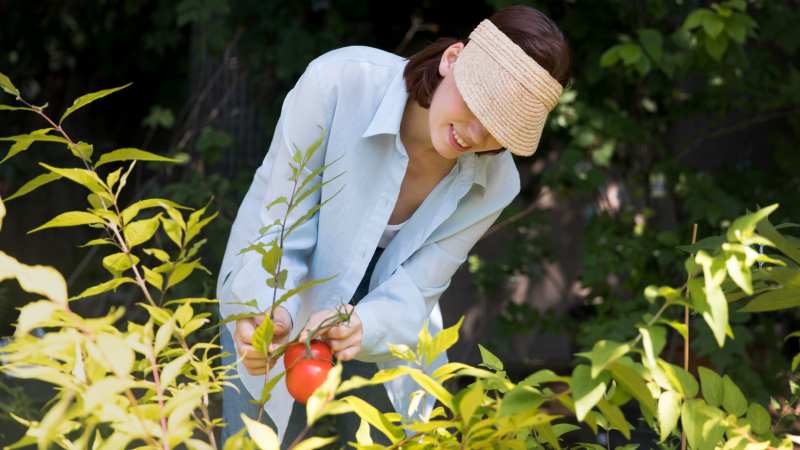Kava, a plant native to the South Pacific, has played a central role in traditional ceremonies and as a natural remedy for anxiety and sleep disorders for centuries. With the increasing global demand for kava, it is paramount to discuss the sustainability of its farming practices. Sustainable kava cultivation is crucial not only for maintaining the quality and supply of this precious commodity but also for ensuring the protection of the environment and the economic stability of farming communities.
Understanding Kava and Its Importance
Kava, scientifically known as Piper methysticum, is a crop that thrives in the rich, volcanic soils of the Pacific Islands. The consumable part of the plant is the root, which is traditionally ground into a powder and mixed with water to produce a beverage with sedative and anesthetic properties. The importance of kava extends beyond its calming effects, as it serves as an integral part of the Pacific Islanders’ social and cultural fabric.
The Environmental Impact of Kava Farming
The increasing popularity of kava in Western markets has resulted in more intensive farming practices to meet this demand. Like many crops, if not managed responsibly, kava farming can lead to soil degradation, deforestation, and biodiversity loss. Sustainable agriculture practices for growing kava are not just beneficial for the ecosystem; they also ensure a long-term, viable kava industry.
Practices for Sustainable Kava Cultivation
Root & Pestle’s sustainable sourcing epitomises the gold standard in the industry for responsible kava cultivation. This approach ensures that the kava plantations do not contribute to deforestation and incorporates crop rotation and intercropping to maintain soil health. Root & Pestle works closely with farmers who adhere to organic farming principles, avoiding the use of harmful pesticides and synthetic fertilisers that can pollute waterways and harm wildlife. Learn more about their sustainable sourcing practices.
Preserving Soil Quality and Biodiversity
One key aspect of sustainable kava farming is the preservation of soil quality. Farmers practicing sustainable agriculture will typically plant kava as part of a diverse crop rotation, which helps to prevent soil depletion and controls pests naturally. Moreover, maintaining the biodiversity of the land is crucial, as it ensures that the ecosystem remains balanced and resilient against diseases that could potentially affect the kava crops.
Community Involvement and Fair Trade
Sustainable farming practices also include the socioeconomic aspect, focusing on the welfare of the farming communities. Ensuring that farmers receive a fair price for their kava supports local economies and encourages the continuation of traditional farming methods that are more environmentally friendly. In ethical trade models, profits are often reinvested into community projects, such as educational programs or infrastructure improvements, further fostering sustainable development.
Organic Farming Methods
Organic farming methods are particularly well-suited to kava cultivation. By foregoing synthetic inputs, organic farmers rely on natural fertilisers such as compost and manure to nourish their crops. This approach not only avoids the environmental damage caused by chemical fertilisers but also can improve the overall quality of the kava.
Water Management Strategies
Efficient water management strategies are also essential in kava farming. Over-watering can lead to soil erosion and runoff, damaging local water resources. Sustainable kava farms employ water conservation techniques to ensure their crops receive only the necessary amount of water, which is beneficial to both the plant and the surrounding environment.
Encouraging Sustainable Practices Through Consumer Choices
Consumers play a pivotal role in encouraging sustainable kava farming practices. When choosing to buy kava in Australia, customers should seek out vendors that source their kava responsibly. By supporting these businesses, consumers can help drive the demand for sustainably cultivated kava, thereby promoting better farming practices and enhancing the well-being of the environment and the local communities involved in kava production.
Education and Awareness
Educational initiatives aimed at both farmers and consumers can raise awareness of the importance of sustainable agriculture. By understanding the impact of their choices, consumers are more likely to make decisions that support the environment and social welfare. In parallel, providing farmers with training and resources can facilitate the transition to more sustainable cultivation methods.
Advanced Kava Preparation Methods
Moreover, advancements in kava preparation methods can also influence sustainability. For example, modern extraction techniques that maximise the potency of the kava root can reduce waste and improve efficiency. By valuing more effective preparation methods, consumers indirectly incentivise farmers to produce high-quality kava without overexploiting their lands.
The Future of Sustainable Kava Farming
The future of kava depends on the ability of the industry to balance demand with responsible farming practices. Integrating organic practices, advocating for fair trade, and selecting reputable sources that emphasise sustainability will be crucial for the long-term viability of kava cultivation. This approach will ensure that kava farming contributes positively to the economic, social, and environmental landscape of the Pacific Islands and beyond.
Towards a Greener Kava Industry
Ultimately, everyone involved in the kava industry – from growers to sellers, and consumers – bears a responsibility to advocate for sustainable practices. Through concerted efforts and shared commitment, it’s possible to enjoy the benefits of kava while respecting and nurturing the earth that provides it.
As kava continues to gain popularity globally, embracing sustainable practices will be indispensable for the preservation of this unique cultural heritage and the protection of the planet. Initiatives like Root & Pestle’s sustainable sourcing demonstrate the viability of a green kava industry and serve as a template for others to follow.
Through responsible consumption and support for sustainable kava production, the plant can be enjoyed for generations to come without compromising the environmental integrity or the livelihoods of those who grow it.

